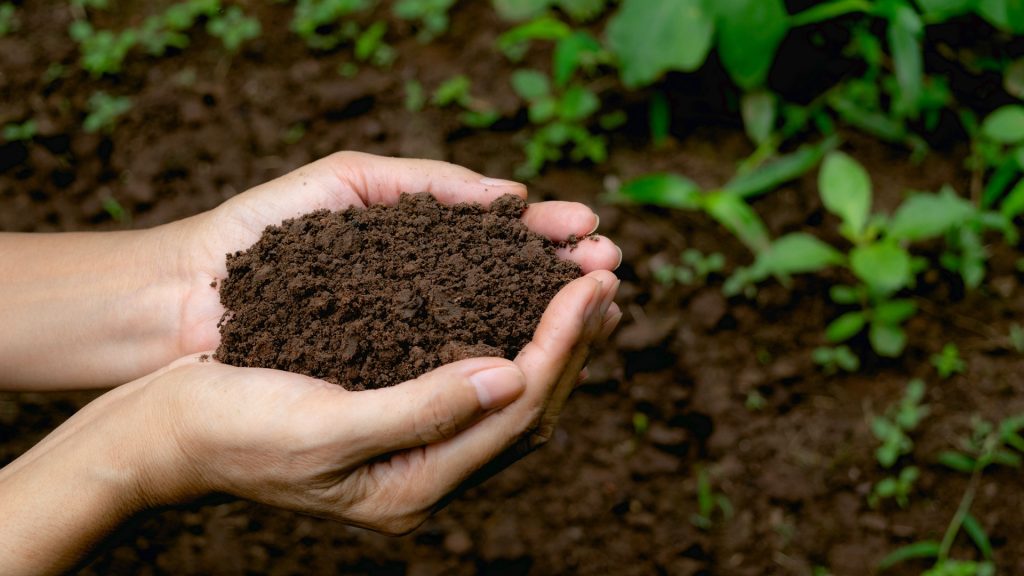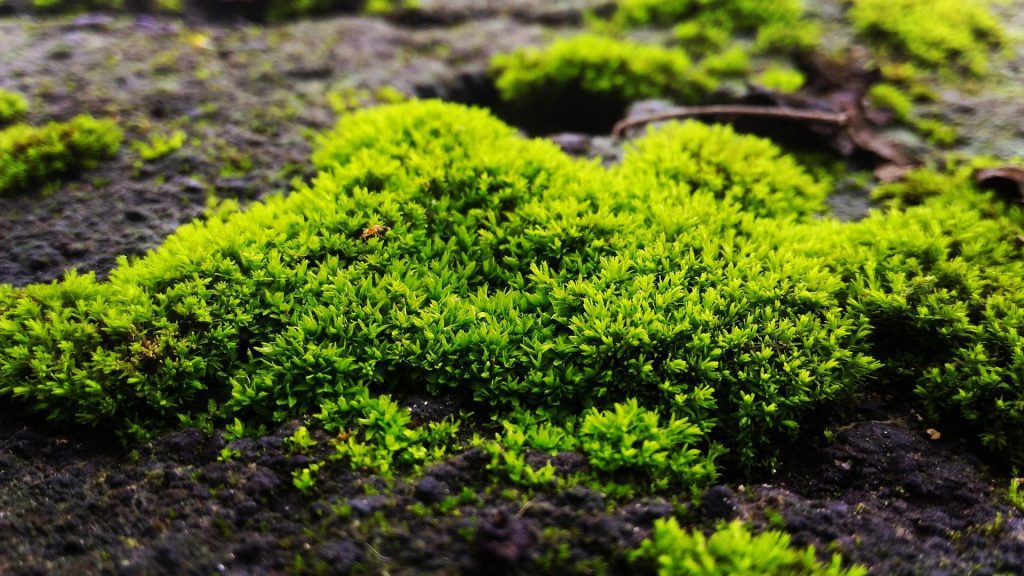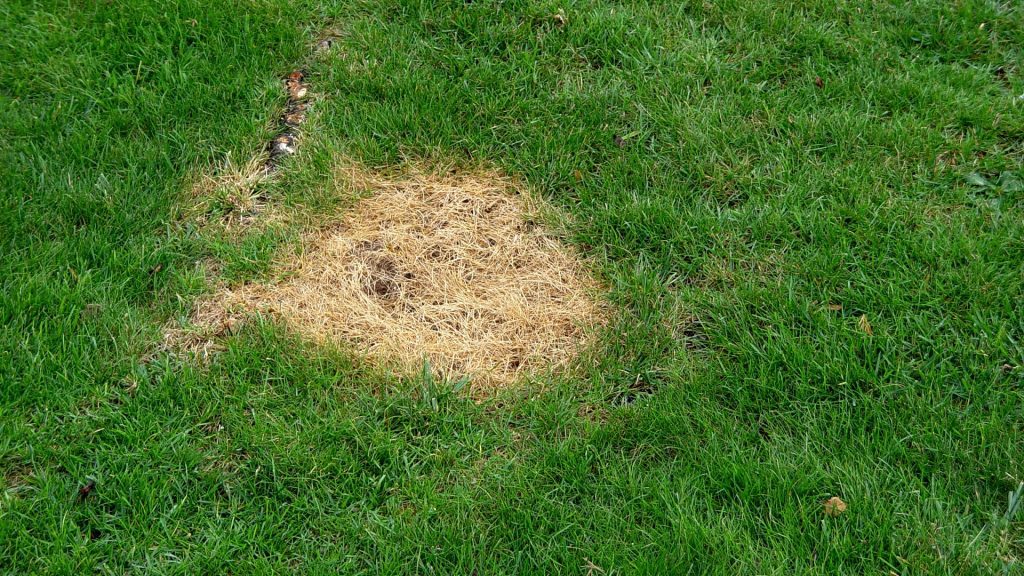
How to Reverse Lawn Fertilizer Burn
As diligent as gardeners can be, sometimes issues arise when we’re doing something as simple as fertilizing our lawns.
One of the most common issues is fertilizer burn, which happens when we apply too much and it leaves excess salt on the leaves, making the grass look yellow and dead.
Can you reverse fertilizer burn? Yes, it is possible to reverse lawn fertilizer burn with a regular watering schedule that can bring it back to life. Otherwise, methods like reseeding and overseeding can help to facilitate new grass growth in the affected areas.
If you’ve accidentally overfed your lawn, there’s no need to fear, as it’s a common mistake that many gardeners make.
We will show you how to reverse lawn fertilizer burn in just a few steps and what to do if the damage is beyond repair and your grass needs saving.
What is Fertilizer Burn?
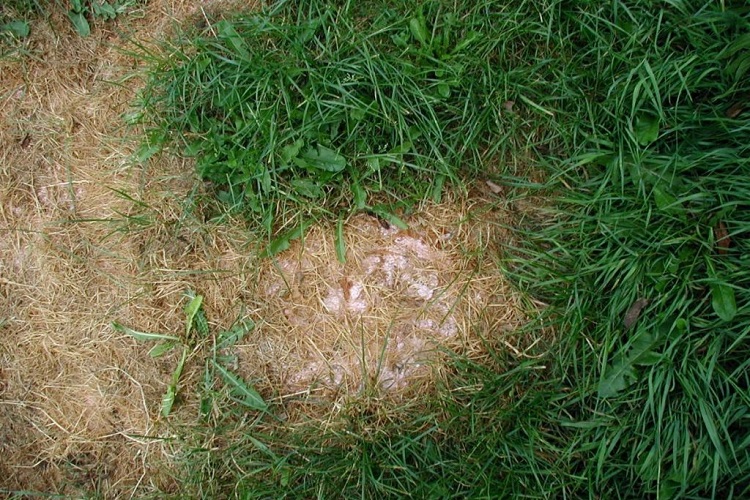
Most fertilizers feature a unique ratio of nitrogen (N), phosphorus (P), and potassium (K), usually displayed on the label.
The goal of the gardener is to match the fertilizer with the needs of their lawn, which can sometimes be a challenge if you apply too much of a certain nutrient.
In many of these lawn fertilizers, you’ll find soluble salts, which can be beneficial to the lawn when applied in the right amount.
However, if you use too much or if it’s left on for too long without being washed away, the buildup of salt can do damage to the grass as it’s absorbed into it.
Quick-release fertilizers are usually the main culprit here, as they provide more nutrients in one dose, so you need to be cautious if you prefer this method.
Thankfully, healthy lawns should be able to bounce back from fertilizer burn, within reason. It requires fast action and the right approach though, so if you suspect that you’ve burned the grass with a heavy-handed fertilizer application, you’ll want to take the necessary steps as soon as possible.
The Signs of Lawn Fertilizer Burn
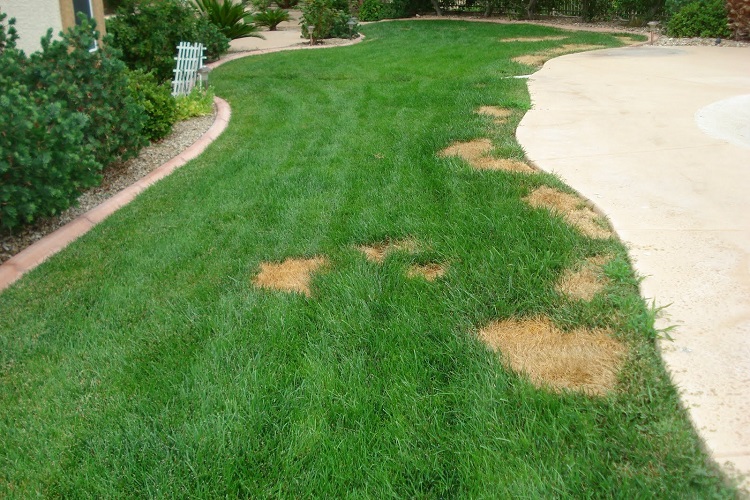
Not all grass will react the same to fertilizer burn, and there are different levels of severity with the burns as well.
The most common symptom, regardless of how severe the reaction, is a discoloration of the grass, so if you spot something off and have applied fertilizer recently, it’s usually the culprit.
At its most mild, fertilizer burn will appear as a slight yellow discoloration, usually with brown streaks through it. The grass should still feel healthy when you touch it, indicating that it hasn’t damaged the structural aspect of it.
When fertilizer burn is more severe, you’ll be able to feel it as well as see it, and just touching the grass blades could cause them to break. The color will turn to a darker brown color without any yellow, as the grass is starting to die slowly.
How to Reverse the Damage

The key to fixing fertilizer burn is spotting it before the harm becomes too severe and, in most cases, you can get to it before it causes permanent damage.
During the yellow stages, you’ll want to take the following steps to prevent it from dying off completely.
- If you’ve only recently laid the fertilizer and can see it there, try to contain as much of the excess fertilizer as possible.
- If the fertilization process is done and you’re now seeing signs of damage, start by assessing the roots of the grass. Do this by digging up a few small patches of grass wherever it appears affected and looking at the roots, they should be moist and flexible. If they’re brittle and breaking, skip these steps and see ‘What to Do If It Can’t Be Fixed’.
- For grass that can be saved, you’ll need to flush out the mineral salt that’s damaging it. to do this, water just the parts of grass that are burned or discolored, aiming for around one inch of coverage each day. Do this just once a day and only where necessary.
- After one week of watering, you should see the grass’ natural color coming back. If not, check the roots again as you did in step two and spend another week watering these if they look like they can be saved.
- Once the grass has returned to normal, let it grow as usual and go back to your regular watering schedule over the entire lawn.
What to Do If It Can’t Be Fixed
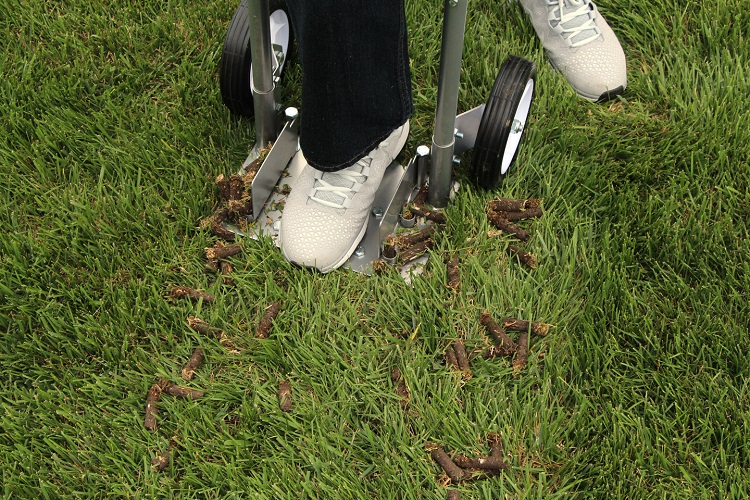
Even with the best of care and heavy watering, the grass might not be able to bounce back after fertilizer burn.
If you’ve completed two weeks of root assessment and a heavy watering schedule and it appears that the grass can’t be saved, move on to these steps.
- Remove the dead grass that’s been burned with either a sod cutter or hard rake, depending on the area size.
- Aerate the soil underneath to prepare it. Test the soil to see what nutrients are required, and then choose a lawn care product that will help to balance its pH level and nutrients.
- Choose your preferred method of growing new grass, with reseeding and laying sod being the best choices. Cover the affected areas as needed, and water them regularly during the growth phase.
Tips for Avoiding Fertilizer Burn in the Future
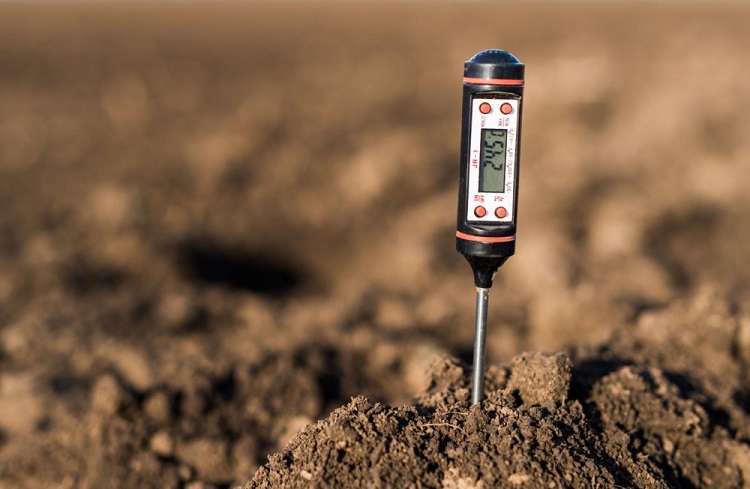
As expert of a gardener as you might be, it can still be hard to get the application of fertilizer just right. If you want to avoid burning your lawn in the future, we’ve got some handy tips you can follow:
- Go for gentle alternatives: Choose a natural fertilizer like compost and apply it once or twice a year as a top dressing. As it’s gentler and derived from natural ingredients, the chance that it’ll burn or do any damage is low.
- Timing is everything: Apply fertilizer during the right weather conditions, with dry and cool days being the best, but when there’s still some moisture in the soil. If it’s too dry, fertilizer burn will be more likely, and if the grass is wet, it’ll damage it.
- Do a soil test: Always test the soil of your lawn before choosing a fertilizer to apply. You can find a DIY soil test kit from your local gardening store that makes it easy. This will give you an exact reading of its nutrients so you can find one that matches. Applying too much of certain ingredients like nitrogen, when your lawn doesn’t need them will cause permanent damage to the grass.
- Water it afterward: After applying fertilizer, water the lawn deeply and as recommended by the manufacturer. This will ensure that the soluble salt breaks down and doesn’t sit on top of the grass, doing irreversible damage.
- Choose lawn-friendly fertilizer: Use a fertilizer made specifically for grass and don’t apply one type of fertilizer to the entire garden. Your lawn has unique requirements for nutrients when compared to something like a vegetable patch, and it’s important to treat them separately.
Don’t Fear the Fertilizer
Our lawns deserve the very best to look their healthiest, and that includes regular feeding with a great fertilizer.
If you’ve accidentally gone too hard while fertilizing your lawn and need to fix the problem, there’s no need to panic, as you can follow our steps to return it to its former glory.
Related Questions
As one of the most important things you can do for your lawn, getting fertilization right is a big deal. If you still have questions about what the grass needs in terms of fertilizer, read on as we answer some commonly asked ones that can give you the basics.
Is Nitrogen Good for My Lawn?
Nitrogen is the most important nutrient that a lawn requires and it’s usually the prevalent ingredient in most grass fertilizers.
Thanks to nitrogen, your lawn will grow greener, straighter, and stronger, so it’s the best thing you can do for its health and appearance.
Can You Fertilize After Rain?
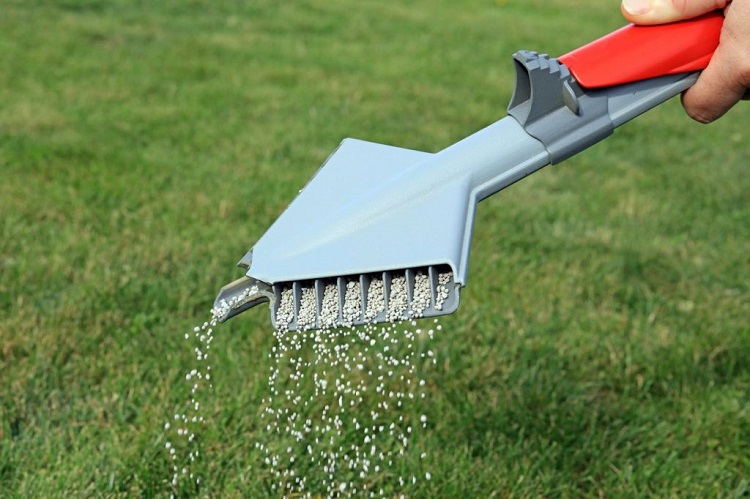
If it’s rained recently, it’s best to avoid applying fertilizer to the lawn until it dries out so that it can be absorbed better into the grass.
Waiting at least 24 hours until after the last rainfall is the best time and if the grass blades are still wet, give it another day until they’ve dried further.
Does Fertilizer Go Bad?
Fertilizers, both liquid and granular, can go bad if they’re stored incorrectly or have passed their recommended usage date.
As all fertilizers are different, it’s best to check the direct instructions on the package to see how it should be stored and what the average shelf life for that product is.
Resources:
